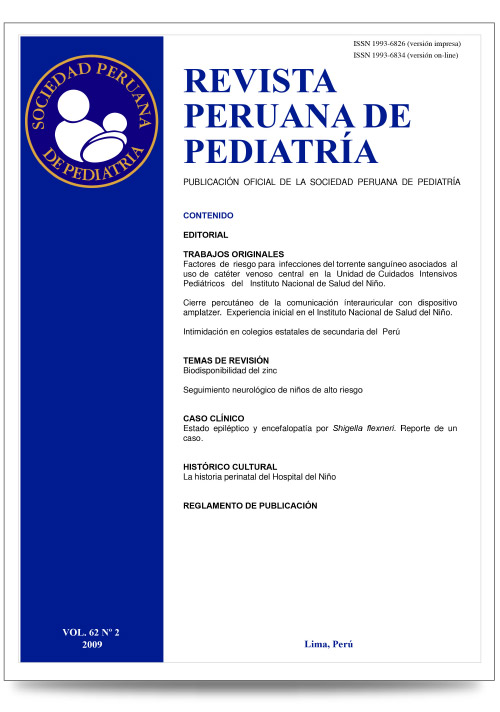Zinc bioavailability
DOI:
https://doi.org/10.61651/rped.2009v62n2p80-90Keywords:
Biological Availability, Zinc, AbsorptionAbstract
The marginal zinc deficiency (subclinical zinc deficiency) has been recognized as a very prevalent condition in different regions in the world. The intestinal absorption of zinc is carried out by a facilitated transportation mechanism, through an absorption protein at the level of the intestinal villus. The zinc load per dose is important when effectiveness in the absorption of this element is sought. The saturable mechanism of its absorption explains the existence of an inverse relationship between the zinc oral loads and its intestinal absorption. The excessive zinc loads per dose would determine an unnecessary loss of the micronutrient by saturation of the absorption mechanism, being important to rationally divide the total daily dose to obtain a higher efficiency in its absorption. It is considered that fiber often has a negative effect on zinc absorption; however, this effect is generally due to the fact that most foods containing fiber also contain a significant level of phytate. It is widely known that phytates exert an inhibitory effect on zinc absorption. It is unlikely that calcium per se has a negative effect on zinc absorption and, likewise, the usual zinc loads in the diet would hardly affect calcium absorption. Different studies have evaluated the interaction between these 2 micronutrients, having found no evidence of any negative effect of one or another element. Iron absorption from a standardized meal significantly decreases with the concomitant ingestion of calcium carbonate or hydroxyapatite; by contrast, zinc absorption was not affected with calcium supplements. There is evidence of a clear interaction between iron and zinc when administered at the same time. For this reason, the combined supplementation of zinc and iron is less efficient than supplementing both micronutrients separately. There is a significant association between gastric acidity and zinc absorption, especially for those slightly hydrosoluble compounds such as zinc carbonate and zinc oxide. Therefore, it is very useful to know the prevalence of hypochlorhydria or infection with Helicobacter pylori to predict the impact of zinc supplementation or food fortification programs. For the same reasons, it is preferable to administer zinc supplements after ingesting foods to take advantage of higher post-prandial gastric acidity and to promote its better absorption. From zinc compounds, zinc sulfate and zinc oxide are the best prospects for supplementation and fortification programs due to their relative low price. Of these compounds, zinc oxide is the most stable and the least expensive.
Downloads
Downloads
Published
How to Cite
Issue
Section
Categories
License

This work is licensed under a Creative Commons Attribution 4.0 International License.
Authors will retain the copyright and grant the right to publish their work in the journal while allowing third parties to share it under the Creative Commons Attribution license.
Articles are published under a Creative Commons license that allows sharing and adaptation with appropriate credit. CC BY 4.0 license. Available in English at https://creativecommons.org/licenses/by/4.0/
Authors may use other information disclosure formats as long as the initial publication in the journal is cited. The dissemination of the work through the Internet is recommended to increase citations and promote academic exchanges.
The published content does not necessarily reflect the specific point of view of the journal, and the authors assume full responsibility for the content of their article.



